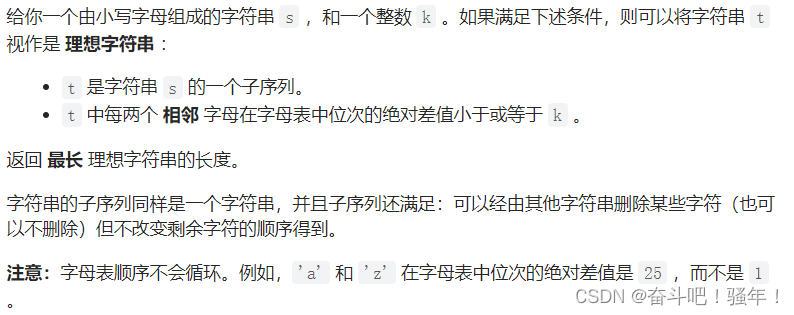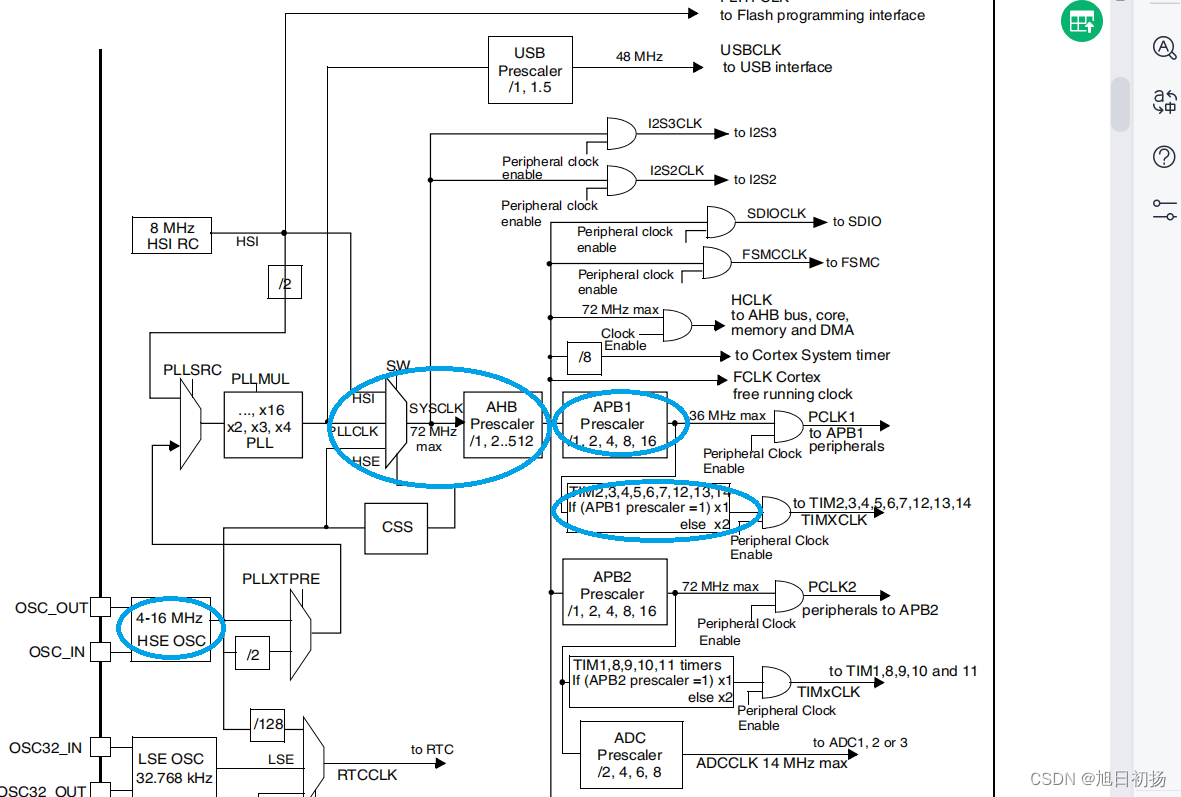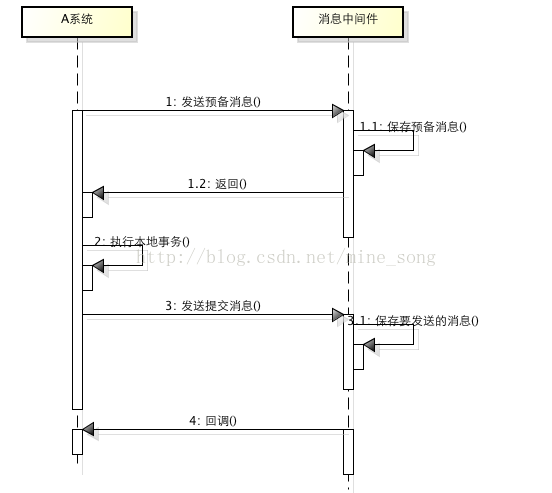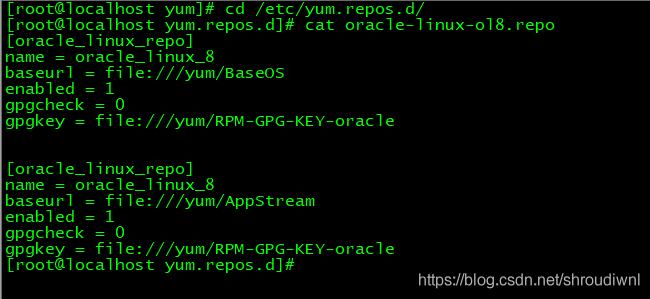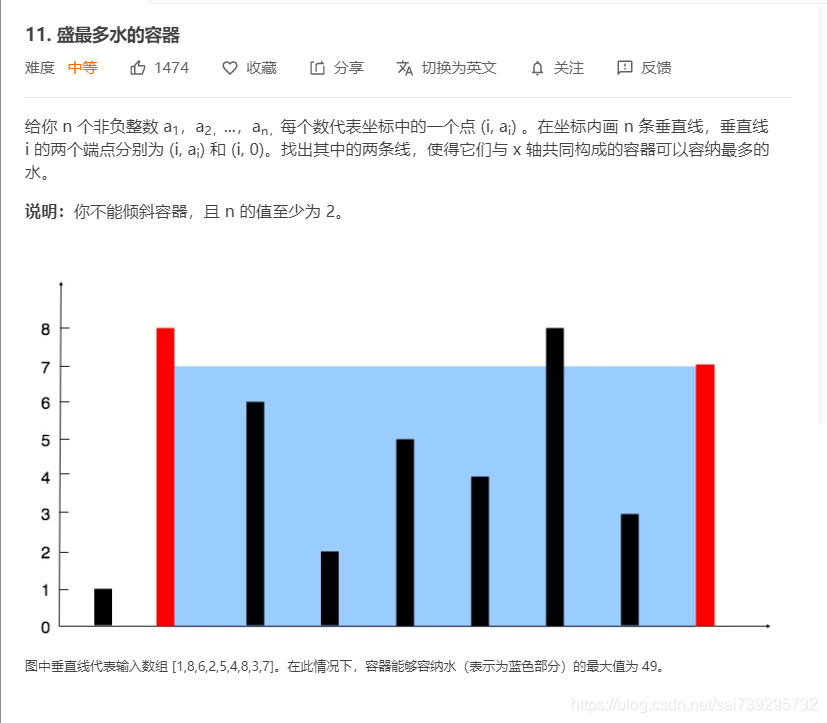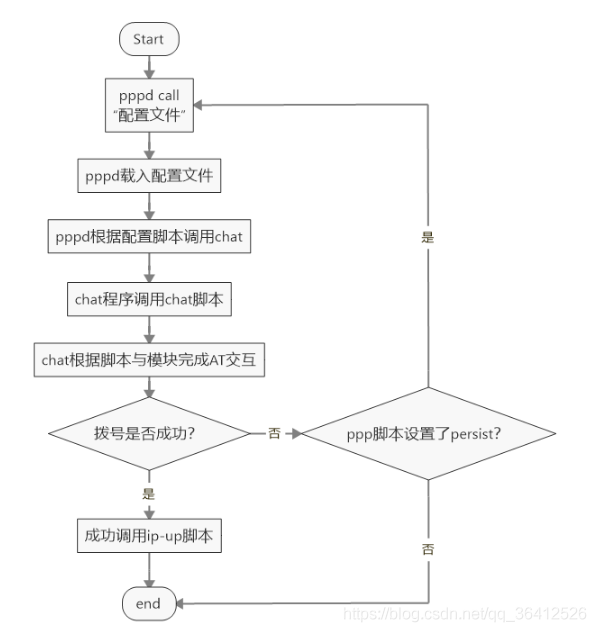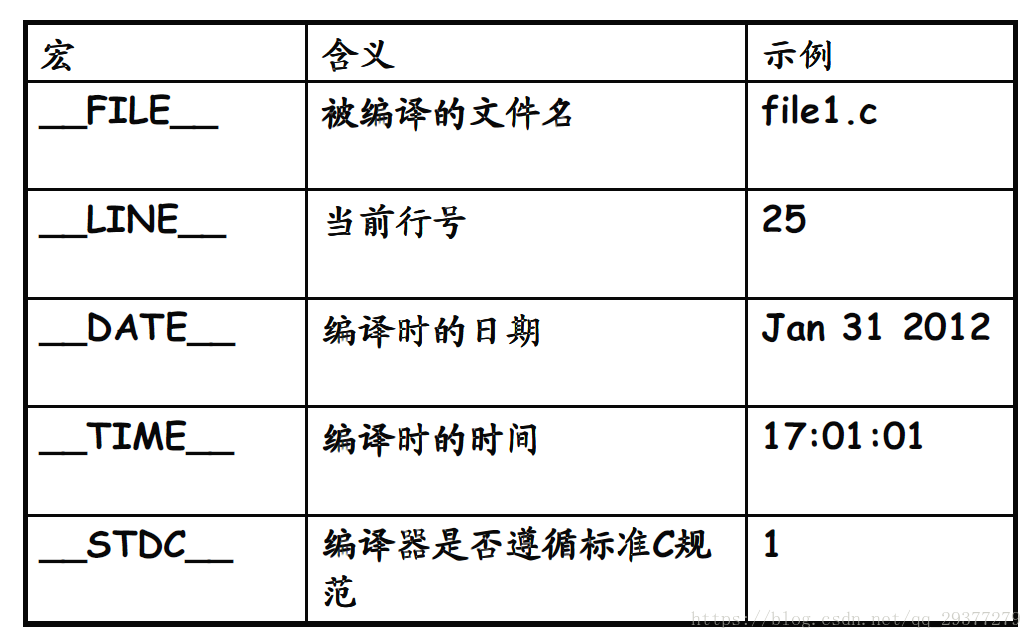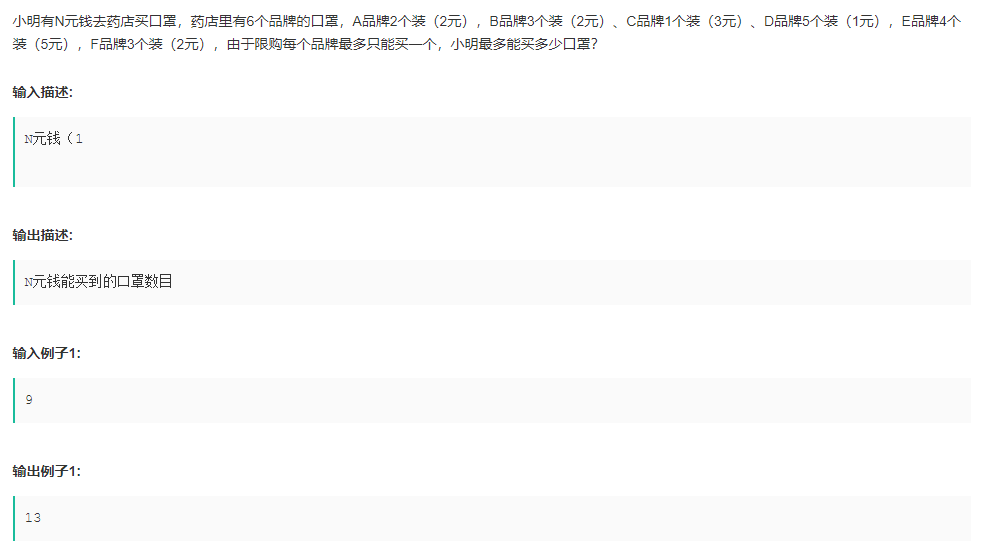当前位置:网站首页>Pytorch 训练技巧
Pytorch 训练技巧
2022-08-09 07:03:00 【落难Coder】
1、指定GPU编号
- 设置当前使用的GPU设备仅为0号设备,设备名称为
/gpu:0:os.environ["CUDA_VISIBLE_DEVICES"] = "0" - 设置当前使用的GPU设备为0,1号两个设备,名称依次为
/gpu:0、/gpu:1:os.environ["CUDA_VISIBLE_DEVICES"] = "0,1",根据顺序表示优先使用0号设备,然后使用1号设备。
指定GPU的命令需要放在和神经网络相关的一系列操作的前面。
2、查看模型每层输出详情
Keras有一个简洁的API来查看模型的每一层输出尺寸,这在调试网络时非常有用。现在在PyTorch中也可以实现这个功能。
使用很简单,如下用法:
from torchsummary import summary
summary(your_model, input_size=(channels, H, W))
input_size 是根据你自己的网络模型的输入尺寸进行设置。
3、梯度裁剪(Gradient Clipping)
import torch.nn as nn
outputs = model(data)
loss= loss_fn(outputs, target)
optimizer.zero_grad()
loss.backward()
nn.utils.clip_grad_norm_(model.parameters(), max_norm=20, norm_type=2)
optimizer.step()
nn.utils.clip_grad_norm_ 的参数:
- parameters – 一个基于变量的迭代器,会进行梯度归一化
- max_norm – 梯度的最大范数
- norm_type – 规定范数的类型,默认为L2
4、扩展单张图片维度
因为在训练时的数据维度一般都是 (batch_size, c, h, w),而在测试时只输入一张图片,所以需要扩展维度,扩展维度有多个方法:
import cv2
import torch
image = cv2.imread(img_path)
image = torch.tensor(image)
print(image.size())
img = image.view(1, *image.size())
print(img.size())
# output:
# torch.Size([h, w, c])
# torch.Size([1, h, w, c])
或
import cv2
import numpy as np
image = cv2.imread(img_path)
print(image.shape)
img = image[np.newaxis, :, :, :]
print(img.shape)
# output:
# (h, w, c)
# (1, h, w, c)
或(感谢知乎用户coldleaf的补充)
import cv2
import torch
image = cv2.imread(img_path)
image = torch.tensor(image)
print(image.size())
img = image.unsqueeze(dim=0)
print(img.size())
img = img.squeeze(dim=0)
print(img.size())
# output:
# torch.Size([(h, w, c)])
# torch.Size([1, h, w, c])
# torch.Size([h, w, c])
tensor.unsqueeze(dim):扩展维度,dim指定扩展哪个维度。
tensor.squeeze(dim):去除dim指定的且size为1的维度,维度大于1时,squeeze()不起作用,不指定dim时,去除所有size为1的维度。
5、独热编码
在PyTorch中使用交叉熵损失函数的时候会自动把label转化成onehot,所以不用手动转化,而使用MSE需要手动转化成onehot编码。
import torch
class_num = 8
batch_size = 4
def one_hot(label):
""" 将一维列表转换为独热编码 """
label = label.resize_(batch_size, 1)
m_zeros = torch.zeros(batch_size, class_num)
# 从 value 中取值,然后根据 dim 和 index 给相应位置赋值
onehot = m_zeros.scatter_(1, label, 1) # (dim,index,value)
return onehot.numpy() # Tensor -> Numpy
label = torch.LongTensor(batch_size).random_() % class_num # 对随机数取余
print(one_hot(label))
# output:
[[0. 0. 0. 1. 0. 0. 0. 0.]
[0. 0. 0. 0. 1. 0. 0. 0.]
[0. 0. 1. 0. 0. 0. 0. 0.]
[0. 1. 0. 0. 0. 0. 0. 0.]]
6、防止验证模型时爆显存
验证模型时不需要求导,即不需要梯度计算,关闭autograd,可以提高速度,节约内存。如果不关闭可能会爆显存。
with torch.no_grad():
# 使用model进行预测的代码
pass
Pytorch 训练时无用的临时变量可能会越来越多,导致 out of memory ,可以使用下面语句来清理这些不需要的变量。
torch.cuda.empty_cache()
7、学习率衰减
import torch.optim as optim
from torch.optim import lr_scheduler
# 训练前的初始化
optimizer = optim.Adam(net.parameters(), lr=0.001)
scheduler = lr_scheduler.StepLR(optimizer, 10, 0.1) # # 每过10个epoch,学习率乘以0.1
# 训练过程中
for n in n_epoch:
scheduler.step()
...
8、冻结某些层的参数
在加载预训练模型的时候,我们有时想冻结前面几层,使其参数在训练过程中不发生变化。
我们需要先知道每一层的名字,通过如下代码打印:
net = Network() # 获取自定义网络结构
for name, value in net.named_parameters():
print('name: {
0},\t grad: {
1}'.format(name, value.requires_grad))
假设前几层信息如下:
name: cnn.VGG_16.convolution1_1.weight, grad: True
name: cnn.VGG_16.convolution1_1.bias, grad: True
name: cnn.VGG_16.convolution1_2.weight, grad: True
name: cnn.VGG_16.convolution1_2.bias, grad: True
name: cnn.VGG_16.convolution2_1.weight, grad: True
name: cnn.VGG_16.convolution2_1.bias, grad: True
name: cnn.VGG_16.convolution2_2.weight, grad: True
name: cnn.VGG_16.convolution2_2.bias, grad: True
后面的True表示该层的参数可训练,然后我们定义一个要冻结的层的列表:
no_grad = [
'cnn.VGG_16.convolution1_1.weight',
'cnn.VGG_16.convolution1_1.bias',
'cnn.VGG_16.convolution1_2.weight',
'cnn.VGG_16.convolution1_2.bias'
]
冻结方法如下:
net = Net.CTPN() # 获取网络结构
for name, value in net.named_parameters():
if name in no_grad:
value.requires_grad = False
else:
value.requires_grad = True
冻结后我们再打印每层的信息:
name: cnn.VGG_16.convolution1_1.weight, grad: False
name: cnn.VGG_16.convolution1_1.bias, grad: False
name: cnn.VGG_16.convolution1_2.weight, grad: False
name: cnn.VGG_16.convolution1_2.bias, grad: False
name: cnn.VGG_16.convolution2_1.weight, grad: True
name: cnn.VGG_16.convolution2_1.bias, grad: True
name: cnn.VGG_16.convolution2_2.weight, grad: True
name: cnn.VGG_16.convolution2_2.bias, grad: True
可以看到前两层的weight和bias的requires_grad都为False,表示它们不可训练。
最后在定义优化器时,只对requires_grad为True的层的参数进行更新。
optimizer = optim.Adam(filter(lambda p: p.requires_grad, net.parameters()), lr=0.01)
边栏推荐
猜你喜欢
随机推荐
顺序表删除所有值为e的元素
Codeforces Round #359 (Div. 2) C. Robbers' watch 暴力枚举
The working principle of the transformer (illustration, schematic explanation, understand at a glance)
力扣 636. 函数的独占时间
如何 认识与学习BASH
单例 DCL(double check lock) 饱汉模式和饿汉模式
洛谷P1110 报表统计 multiset stl好题
RK3568商显版开源鸿蒙板卡产品解决方案
当酷雷曼VR直播遇上视频号,会摩擦出怎样的火花?
【Oracle 11g】Redhat 6.5 安装 Oracle11g
2022年7月小结
Inception V3 Eye Closure Detection
P7阿里面试题2020.07 之滑动窗算法(阿里云面试)
crc calculation
2019南昌网络赛 C题,Hello 2019
分布式事务产生的原因
Tkinter可以选择的颜色
mysql 总结
先序遍历,中序遍历,后序遍历,层序遍历
【nuxt】服务器部署步骤
